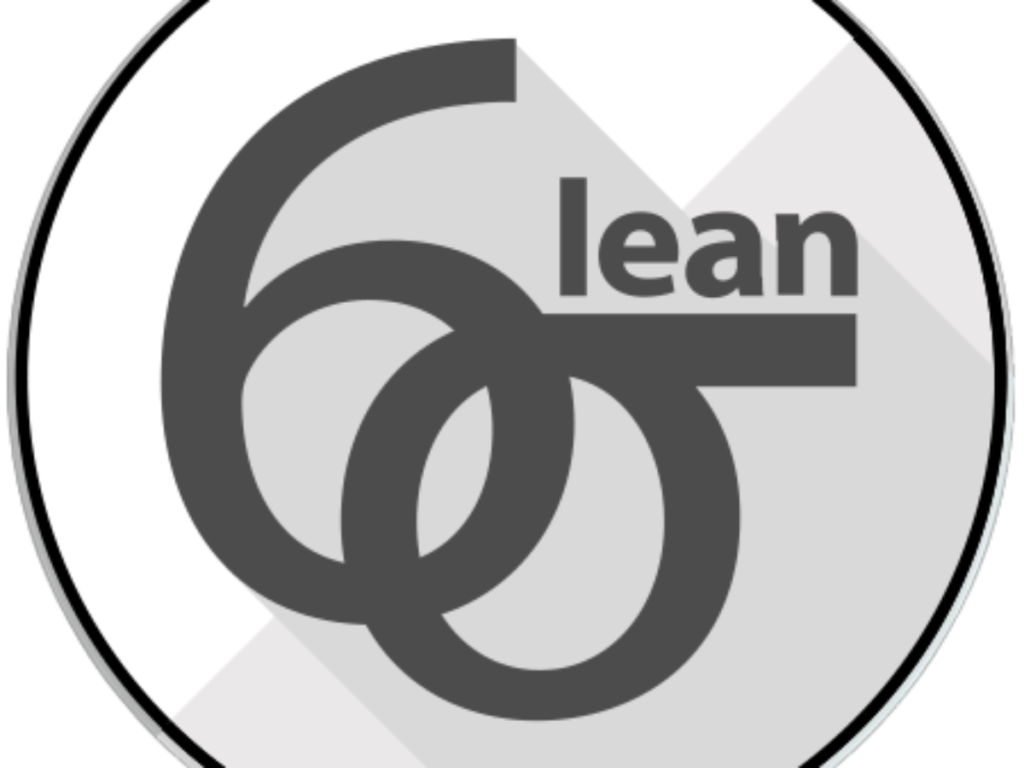What is Lean Six Sigma in Florida?
Contact Us

Why should you choose Six Sigma?
Six Sigma dates back to 1987 when Motorola first implemented it. Following that, the growth curve of this quality control methodology has been interesting. Its growth was slow at first, but as a result of its promising success, it gradually gained prominence. Six Sigma’s early growth potential was recognized in the mid-1990s when the technique was embraced by Jack Welch, then-CEO of General Electric, and Larry Bossidy, then-CEO of AlliedSignal. Since then, many businesses all around the world have embraced and reaped the benefits of this methodology.
Six Sigma was once referred to as a “management fad” on the road to being a quality management staple! Six Sigma, on the other side, has saved Fortune 500 firms and resulted in millions of dollars in expected profits. As a consequence, it has shown that it is more than a fad in management.

The Advantages of Using Six Sigma
The Six Sigma technique has many operational benefits when used with precision and discipline. It increases client loyalty and customer retention: Any sustainable business strives to retain its existing clientele. Clients can remain loyal to your brand if you are able to retain customer delight rather than going to a new provider or product offering. Are you concerned with consumers who are unhappy with your service offerings? Many firms might be ignorant of this truth and they plan for market expansion without knowing their customer satisfaction scores.
When you use the Six Sigma methodology from Lean Six Sigma Experts of Florida, you exclude the possibility of dissatisfied customers. We perform a customer dipstick test to better understand the essential attributes of your service or product, which is needed for customer loyalty, and to successfully improve user experience. When designing a market development strategy, we ensure that you are not lacking critical items that will pique consumer interest and encourage you to broaden your customer base.
The modern retail climate necessitates a blend of industry experience, performance, cutting-edge technology, and strict quality control. Do you want your organization to be known as a pioneer in its field? Is having a competitive edge over your competition one of your prime business objectives? Six Sigma methodologies are utilized to increase the productivity of usable resources.
Frequently Asked Questions
Lean Six Sigma is both a structure and a collection of techniques. Managers should look to these as a resource when promoting progress in their respective fields. Black Belts and Master Black Belts work in the management and growth divisions. This suggests that Six Sigma is on the right trajectory and is helping to achieve organizational goals. Since choosing the right Lean Six Sigma partner, as with selecting every other partner, vendor, or supplier, it is critical to have success programmed therein; it seems only natural to apply experience to developing a few often asked questions while evaluating prospective partners. Here are some of the frequently asked questions, as well as some insight into the styles of answers to be expected: At the very least, your Lean Six Sigma partner must have a Six Sigma distribution and coaching model in place, with an experienced Master Black Belt on hand to help practice and mentor on projects. The Master Black Belt should have real-world experience and understand the specific characteristics of your business, environment, and customers. Candidates will build tools and apply them to real-world situations through their training. Managing courses through projects often necessitates the introduction of project result metrics so that learners can turn their training experiences into project outcomes. This includes measuring dollars realized, cycle times, and schedule slippage, as well as toll-gates, to ensure that projects are delivered on schedule and with good results. To consider and address individual and institutional project challenges, the Master Black Belt can also produce coaching reports. It is important to understand an organization's willingness to adopt a Lean Six Sigma plan to make a change. Your delivery collaborator may outline activities for a readiness analysis and lay the groundwork for continuous deployment. This includes reviewing existing projects that are in process or currently undergrowth, as well as identifying new progress initiatives and future programs. A preparation appraisal should provide a review of areas of future improvement described in a void study, as well as an overview of customer and industry survey findings. All of these components may help identify potential development threats, which can then be addressed. Six Sigma uses statistical approaches to analyze situations and measure consequences. Inferential statistics and likelihood theories are the basis of Six Sigma estimates. Six sigma is more than just numbers though. It is a compilation of methods for defining what the customer desires and aligning the organization and resources, including measurement systems, to meet those desires. Six Sigma reduces the number of surprises (variation) and improves objectivity in evaluating performance (what “good” means), especially in terms of customer execution. To be a Six Sigma expert, you must have a clear motivation to have exemplary client support, be willing to test the status quo regularly and provide a simple knowledge of statistics. How does Lean Six Sigma work?
How do you handle managing classes through their projects?
How can you incorporate your program with the work that our company is already doing?
Six Sigma is about statistics, do I need to learn statistics?
What is the difference between Six Sigma and Lean?
The Lean approach applies to the systematic removal of waste (called Muda in Japanese). According to Taiichi Ohno, there are seven forms of waste in activities (TPS fame). It is important to identify and remove waste to provide value to customers.
Both the Lean and Six Sigma methodologies are used to improve business processes and performance. Lean is concerned with systems, optimizing movement, and improving efficiency. Six Sigma is concerned with growing production, performance, and efficacy.
There are so many areas or regions where we offer these services with most of them being cities.
However, if you need any of these services, you need to contact us. The list below comprises the areas where we offer these services.

